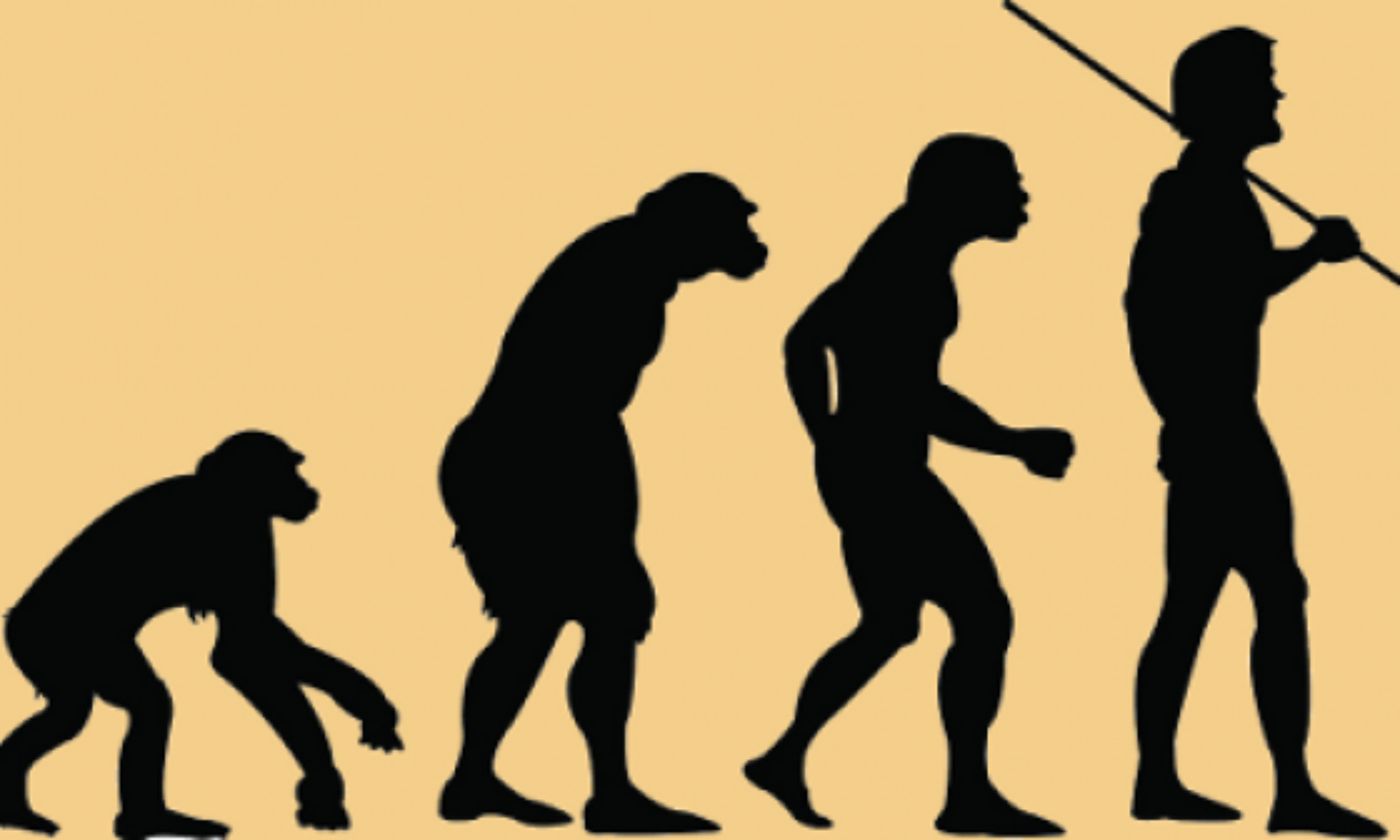Chapter 7: Paleofantasy Love
This chapter addresses the questions of are humans supposed to be monogamous and what are the origins of our gender roles? She first looks at Darwin’s idea of sexual selection and how this leads to differences in sexes. She uses the examples of peacocks and how male peacocks are brightly colored to attract their unimpressive-looking female mates. She also uses the example of male deer having impressive antlers to attract females and the brawn of male gorillas to outcompete each other for female attention. Female opinion is what drives this selection because they have a lower base level of output (a definite number of eggs vs indefinite amount of eggs to fertilize for males). Females also will be best served passing on their genes with the most fit male partner. These are the reasons why females guide sexual selection and choose the most fit males. The author, however, does make a distinction that just because of the higher cost of reproduction doesn’t mean females don’t enjoy sex as much as males and pushes back on this idea as she states that many biologists who think this have their own biases.
To address the question of monogamy the author first looks at our primate ancestors, chimps and bonobos. Chimps and bonobos were first used as models for how early hominins reproduced, but that idea has started to come under fire by many anthropologists as their relations are much more violent and are so far removed from modern humans that it is not valid to compare. Human mating patterns have greatly evolved since we split with bonobos over 5 million years ago and their relations have greatly changed as well. To answer the question of monogamy, she admits that although monogamy is by far the most common human practice, there are still many cultures that practice polygyny. There is also evidence from linguistics studies that show that very early hunter-gatherer ancestors had evidence of monogamy meaning that it isn’t an industrialized invention. A different gene study about the female X chromosome shows that there is also evidence of polygyny in our ancestral past, so both types of relationships were practiced. Zuk concluded her analysis that there is no one true pattern of sex for humans and both practices have been present and worked historically.
Zuk also touches on the idea of gender roles in a hunter-gatherer society. She challenges the theory of a sex contract that men go out to hunt, bring home food, and the female stays faithful to that male who takes care of her. However, many female anthropologists, including Adrienne Zihlman From UC Santa Cruz and Rebecca Bliege Bird of Stanford have come up with a different hypothesis that males and females relied on females to gather consistent, smaller batches of plants, etc. as they were more reliable and consistent than hunting. This constant supply of food allowed a husband to be able to hunt. She concludes the chapter with the refutation of the sexual contract idea as it would’ve been impossible for this relationship to last in the ancient world.
